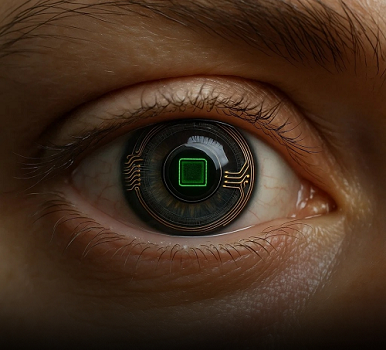In a major leap for human vision enhancement, Japanese researchers have reportedly developed groundbreaking contact lenses that grant true night vision without the aid of any external devices or power sources. This breakthrough technology, relying on advanced nanotechnology, promises to revolutionize fields from military and security to search and rescue operations.
The innovative lenses work by incorporating nanoparticles that can passively convert invisible infrared light into visible light. Traditional night vision goggles require bulky hardware and batteries to intensify residual light. However, the new lenses bypass this complexity through an elegant bit of physics.
- Infrared to Visible Light: The tiny upconverting nanoparticles embedded in the flexible contact lens material absorb low-energy photons from the near-infrared (NIR) spectrum (wavelengths just beyond human sight).
- Passive Conversion: By combining the energy of multiple invisible infrared photons, the nanoparticles emit a single, higher-energy photon that falls within the human visible spectrum (400–700 nm).
- No Power Required: This process, known as upconversion, does not require a battery or any electrical connection, allowing the wearer to see in the dark using only the subtle infrared light present in the environment.
The transparent nature of the lenses allows the wearer to see both the new infrared-converted images and the normal visible light simultaneously, essentially giving them “super-vision.” Early reports even suggest that the effect improves when the eyes are closed, as eyelids block visible light more effectively than near-infrared light.
While the current prototypes are most effective at detecting intense infrared light sources, the technology represents a monumental step toward wearable optical devices that expand the natural range of human sight.







